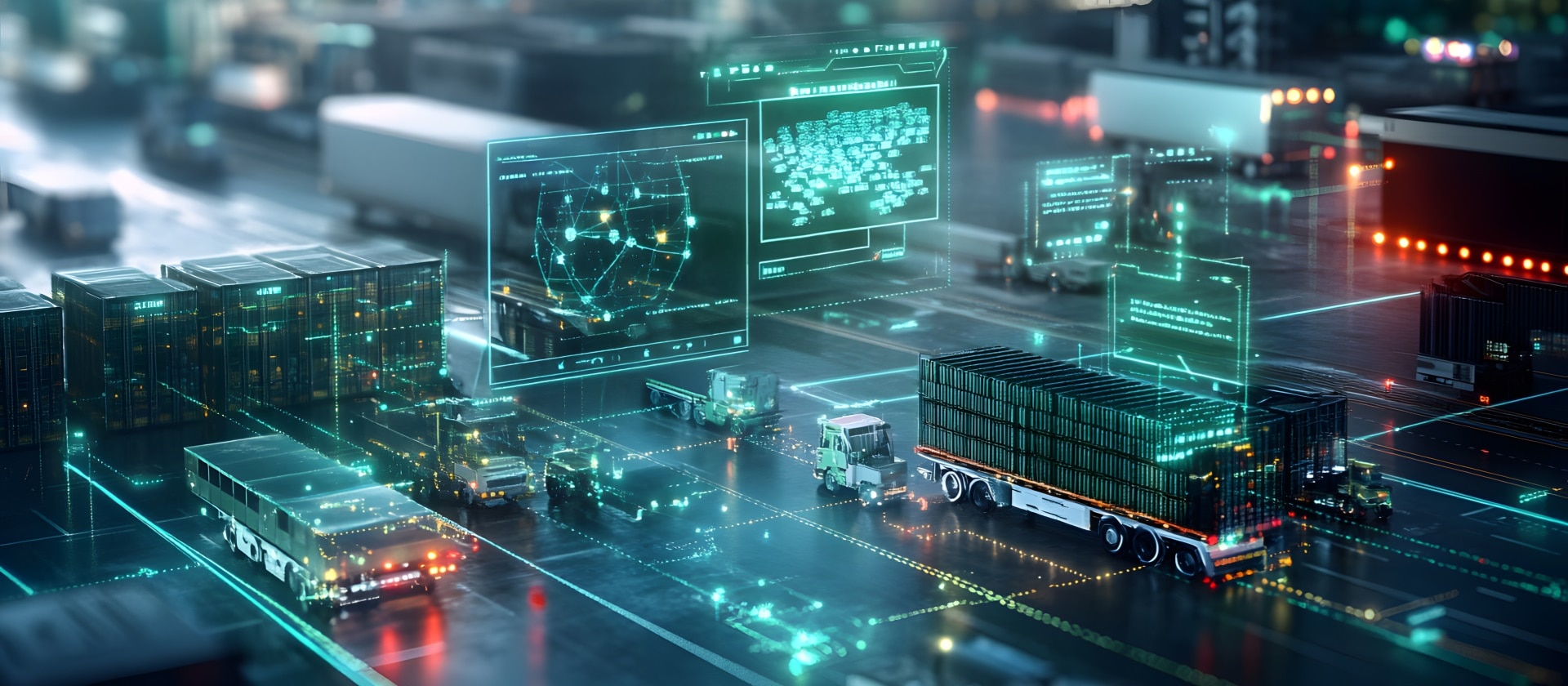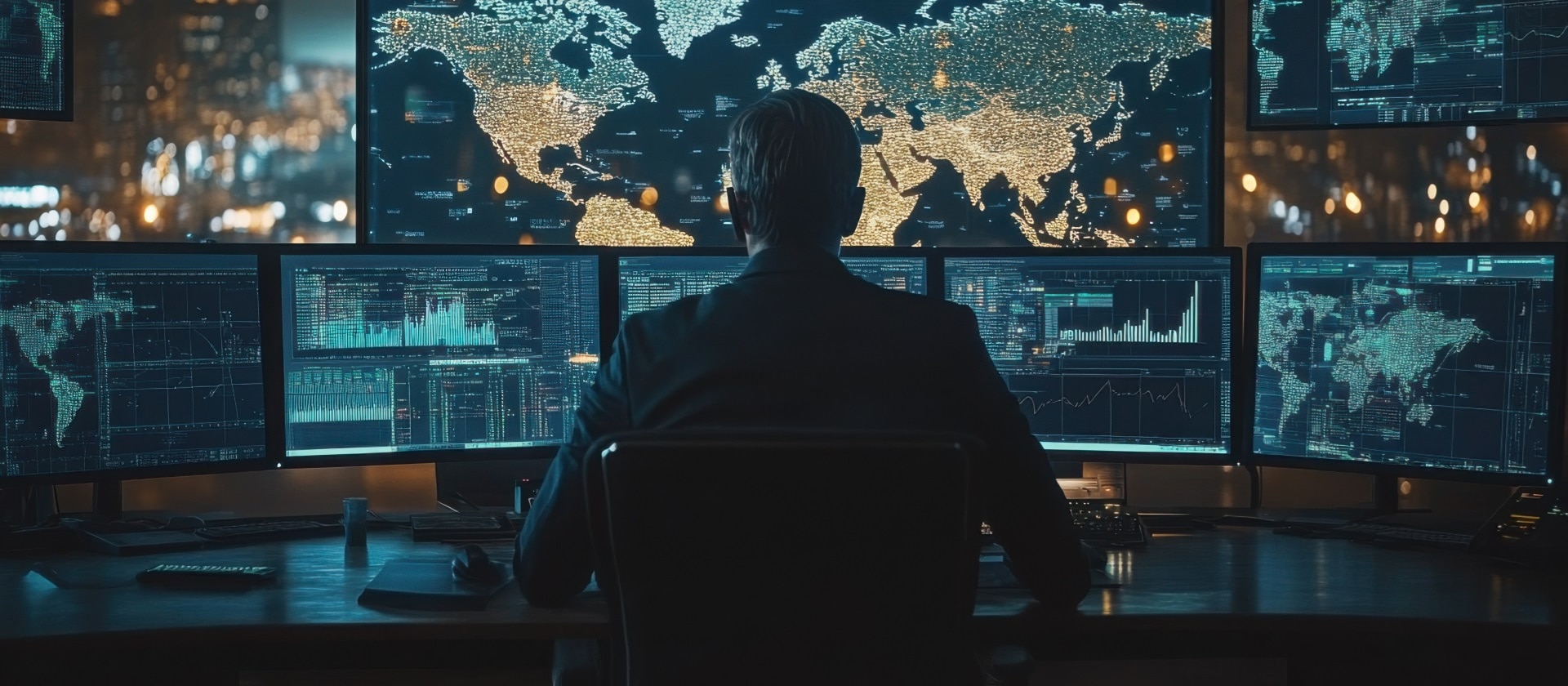In 2025, global supply chains are no longer just operational marvels — they are geopolitical flashpoints. Once optimized for cost and efficiency, these complex webs of vendors, partners, and logistics networks have become prime targets in an era of escalating cyber aggression. As political tensions spill into cyberspace, state-aligned attackers are disrupting government systems and infiltrating the digital arteries of commerce itself. From ports to payment systems, supply chains are under siege. And the consequences aren’t theoretical. They’re operational. Financial. Existential.
Political unrest, sanctions, and digital sabotage have turned once-stable logistics networks into strategic liabilities. The old rules no longer apply. Organizations must confront a hard truth: Supply chain resilience can no longer be separated from cybersecurity — or geopolitics.
A Global Network Under Siege
Today’s supply chains are vast, intricate ecosystems — sprawling across continents, supported by thousands of vendors, and stitched together by digital infrastructure that was never designed for geopolitical warfare. What once symbolized economic efficiency has become a strategic vulnerability.
The weakest link is no longer theoretical. As Palo Alto Networks reported, nearly one third of breaches in 2023 originated through third-party access. A single misconfigured device, a forgotten login, or a contractor with outdated credentials can offer adversaries a direct corridor into critical operations.
Nation-states and their proxies have taken notice. In an era of rising global instability — from armed conflict and economic sanctions to political fragmentation — supply chains have become a high-value target. These attacks are calculated, opportunistic efforts to destabilize markets, erode trust, and project influence far beyond the battlefield. In this new calculus, disruption itself has become the point.
From Cost Efficiency to Risk Efficiency
Global supply chains were once prized for their speed, scale, and cost efficiency. But in 2025, those same attributes have become liabilities. The world has changed, and the calculus has too. The real question for CISOs and chief risk officers is no longer: “How lean is our supply chain?” It’s: “How fast can we isolate and recover when — not if — a trusted partner is compromised?”
This isn’t a theoretical exercise. In regions like EMEA and LATAM, where commerce crosses borders, cloud adoption is accelerating, and geopolitical tensions are never far from the surface, supply chains are especially exposed. Risk now travels as fast as data, and too many organizations are still responding at human speed.
Security teams can no longer afford to chase yesterday’s threats or rely on fragmented visibility. Resilience must be real time. Strategic. Executable. It demands investment in both technology and mindset — from the boardroom down.
How Regulation and Real-Time Security Are Forcing a New Playbook
Geopolitical instability and the regulatory response to it are driving urgency. Across the EU and beyond, data protection, resilience, and breach disclosure mandates are getting sharper, faster, and more unforgiving. Frameworks like DORA (Digital Operational Resilience Act) and NIS2 (EU’s updated Network and Information Security Directive) now demand more than periodic assessments or written policies. They require continuous monitoring, real-time detection, and immediate reporting often within 24 hours of an incident.
Our platformized security approach gives organizations a strategic advantage. Our data security posture management (DSPM) capabilities help enterprises locate and secure sensitive data across sprawling cloud environments — a critical step for DORA compliance. Meanwhile, our XSIAM and XDR solutions enable AI-driven, real-time threat detection and automated response, supporting NIS2’s aggressive disclosure timelines and ensuring incidents are detected and contained before they escalate.
This is the power of modular platformization: Organizations can start with the capabilities they need most — whether it’s securing cloud data, protecting endpoints, or building SOC automation — and expand as new risks and requirements emerge. It’s AI-first, real time by design, and architected for resilience.
The regulatory landscape is only going to get more demanding. Organizations that treat compliance as an enabler — not a box-checking exercise — will be best positioned to move with confidence in a high-stakes world.
What Playbook Do You Need Today? It’s Not as Complicated as You May Think
You may ask yourself: What does a modern supply chain defense look like in practice? Well, it starts with a different playbook — one grounded in real-time visibility, AI-powered precision, and shared accountability. Instead of focusing on making their global supply chains more cost efficient, it is imperative that organizations place cyber resilience at the top of their modernized global supply chain strategy.
We’ve seen how today’s most resilient organizations are rewriting the rules. The goal is no longer just defense. It’s continuity under fire. Here’s how forward-looking leaders are building security into the fabric of global supply chains:
- Designing resilience from the start: Zero trust can’t stop at the enterprise boundary. The best organizations extend its principles across their vendor ecosystems, limiting access, enforcing segmentation, and continuously validating trust.
- Using AI to match the speed of modern threats: Adversaries are already exploiting AI to find and weaponize vulnerabilities. The countermeasure is precision — AI-powered platforms that automate detection, triage, and response before threats escalate.
- Achieving visibility across complex ecosystems: In a multicloud, multivendor world, fragmented security tooling creates blind spots. Platformized security enables unified intelligence and a single, actionable view of risk.
- Making cybersecurity a core procurement function: Security must be baked into global sourcing decisions. That means vetting vendor hygiene, enforcing measurable standards, and elevating cyber due diligence in M&A and expansion playbooks.
- Collaborating across borders to stay ahead of global threats: Security is no longer a regional responsibility. EMEA and LATAM leaders must engage in cross-border intelligence sharing, joint incident response, and regulatory coordination to outpace increasingly global adversaries.
But none of this transformation happens without imagination. As my colleague Haider Pasha recently wrote, “We are in greater jeopardy than ever at compromising our cyber resilience — our ability to rebound immediately and fully from a cyberattack with minimal operational impact — unless we stretch our imagination.” AI, analytics, and automation are essential tools, but they’re not enough on their own.
Cyber resilience also demands leadership. Cybersecurity expert Ria Thomas underscores that resilience is not the responsibility of CISOs alone. It must be driven by the full C-suite and board. That means the VP of operations or supply chain management can’t go it alone. Cybersecurity is a team sport. And safeguarding global supply chains requires 100% organizational alignment — from procurement to the boardroom.
Geopolitical conflicts may shift or fade. But the threat to global supply chains won’t. The organizations that thrive in this era won’t just adapt their networks; they’ll rewire their priorities. Cyber resilience isn’t a regulatory checkbox or an IT mandate. It’s a strategic imperative.
Remember: Cyber Resilience Is Still a Board-Level Priority
This moment demands executive leadership. Supply chain risk can no longer sit solely within procurement, logistics, or even IT. It must be addressed at the C-level, with shared accountability across the organization. The goal is to both avoid disruption and build adaptive capacity in the face of it.
That’s what resilience means: the ability to continue operating, serving, and growing — even amid geopolitical volatility. Because what once optimized commerce must now be what protects it.
1“When it Comes to Cyber Resilience and AI, Be Sure to Stretch the Limits of Your Imagination,” Palo Alto Networks, March 2025.
2Beyond Compliance: The Human Element of Cyber Resilience, Navigating the Digital Age, 2018







